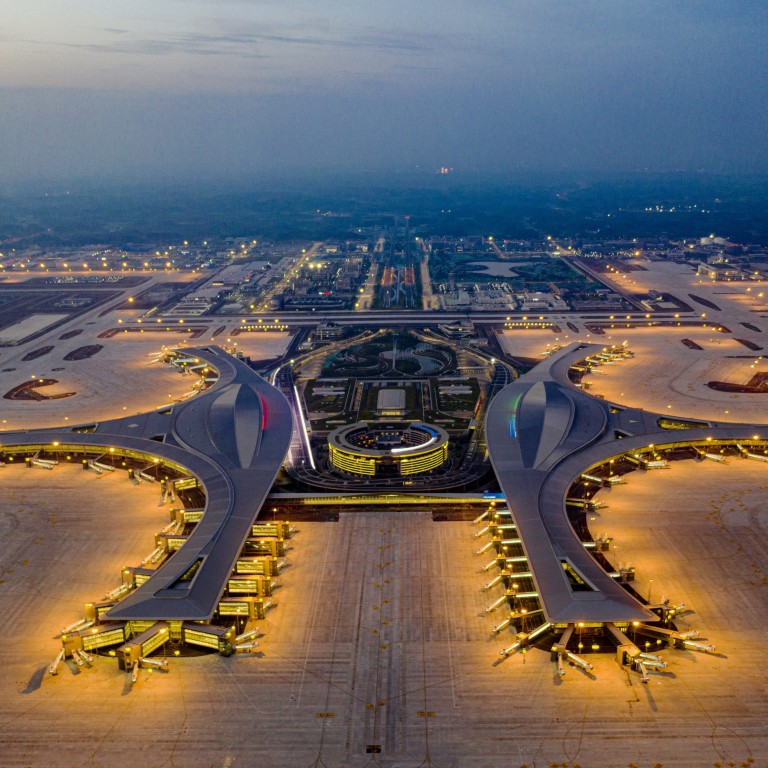
China’s Chengdu-Chongqing economic circle announces US$314.1 billion investment plan
- Projects to be funded include a world-class equipment manufacturing industry cluster, an industrial internet zone and a port logistics system
- Beijing hopes the city cluster in and around Sichuan province will become an important economic centre and boost development in China’s west
Chongqing and Chengdu in China’s southwest have released plans to fund 160 projects worth 2 trillion yuan (US$314.1 billion) next year as part of a twin-city economic belt, after spending 93.4 billion yuan in 2020.
This blueprint includes joint development of a world-class equipment manufacturing industry cluster, an industrial internet zone, a port logistics system, and a programme to bring carbon emissions to peak.
The two cities will strengthen mutual certification in housing, medical care, transport and employment, according to a statement released on Wednesday after the Chongqing and Sichuan Party and Government Joint Conference.
Chen Miner, Communist Party secretary of Chongqing municipality, said the new investment would help modernise industrial and supply chains, expand industrial clusters with “outstanding competitive advantages” and create new ones.
‘Vital’ Chengdu-Chongqing master plan takes aim at regional disparities
Authorities hope the city cluster in and around Sichuan province will become an important economic centre, as well as a gateway to emerging markets in the west and south.
Over the past decade, Chengdu’s gross domestic product growth rate was 219 per cent and Chongqing’s 215 per cent, official data shows, among the fastest in Western China.
Electronics and car manufacturing are pillar industries, with the two cities accounting for 18 per cent of China’s total car production and 10 per cent of its hi-tech exports.
The region is also a magnet for foreign investment. By late 2020, 305 of the world’s top 500 companies had operations in Chengdu and 296 in Chongqing.
Authorities are also confident the Chengdu-Chongqing economic belt – which has a bigger population than Germany and a similar-sized economy to the Netherlands – will help boost China’s consumer market and technological innovation.
The economic circle, which also takes in Sichuan cities such as the technology hub of Mianyang, covers 6.9 per cent of China’s population and 6.3 per cent of gross domestic product (GDP) using data from 2019, before the coronavirus pandemic.
The twin-city project is in a unique position to connect China’s southwest and northwest, as well as East Asia with Southeast and South Asia.


